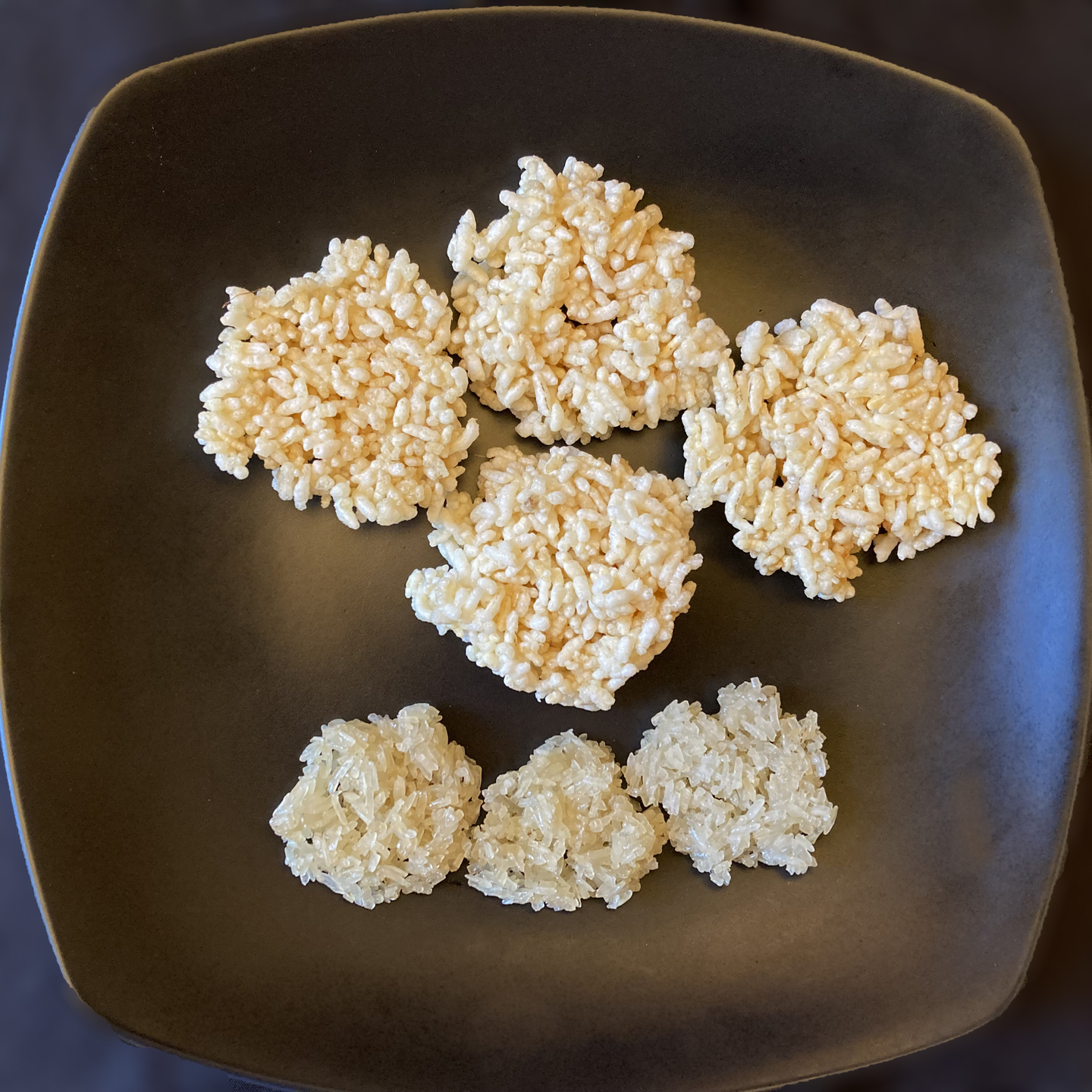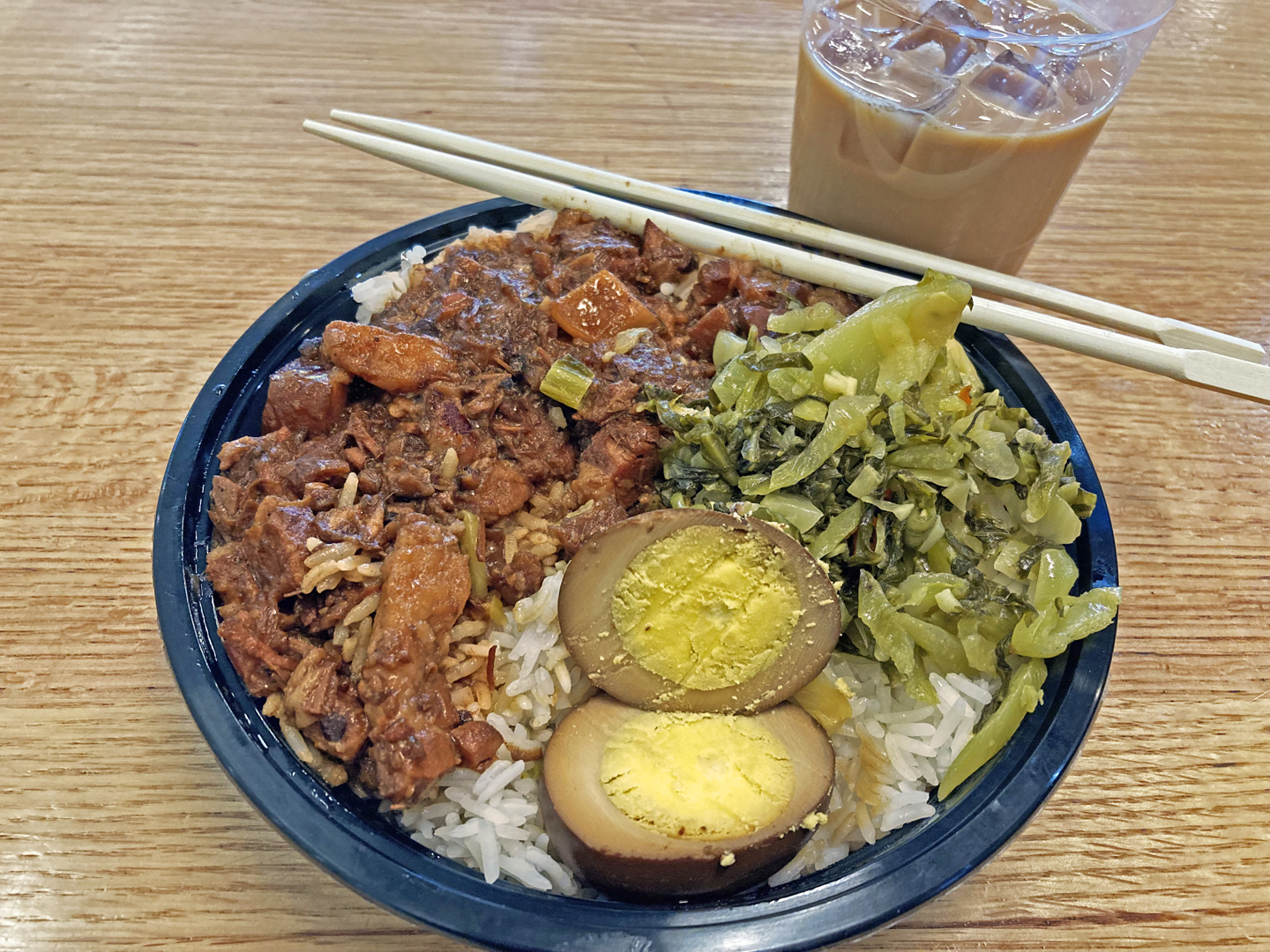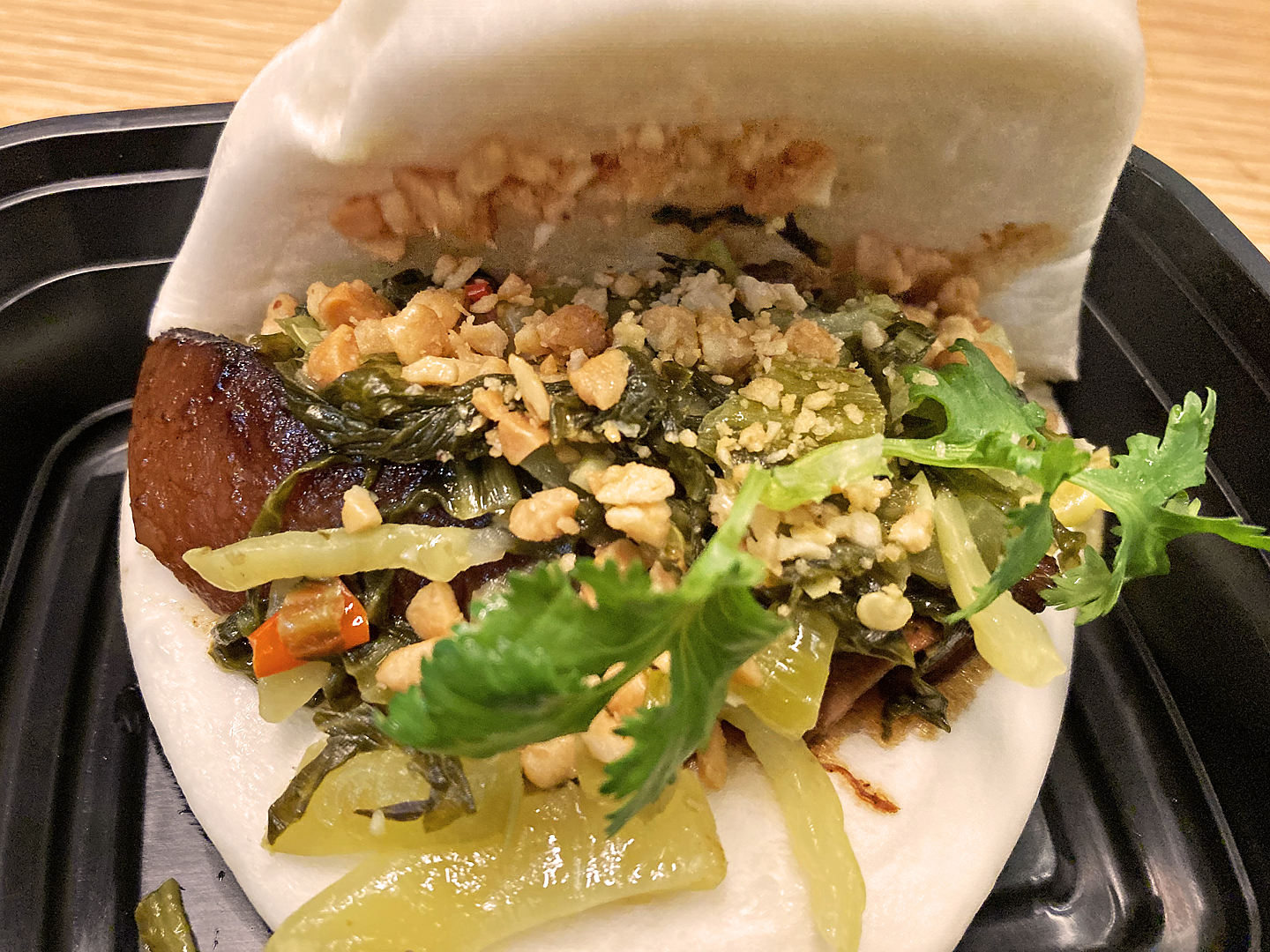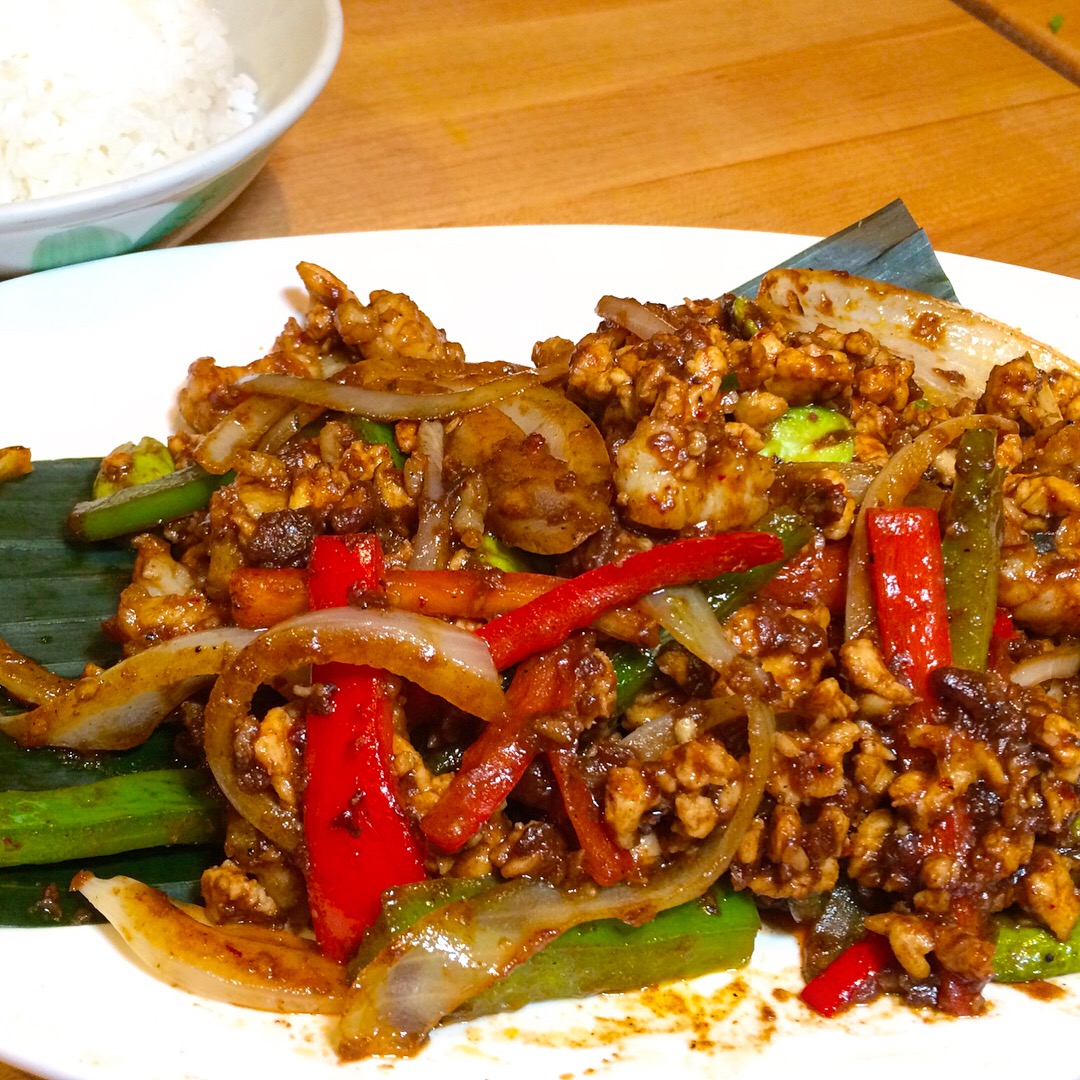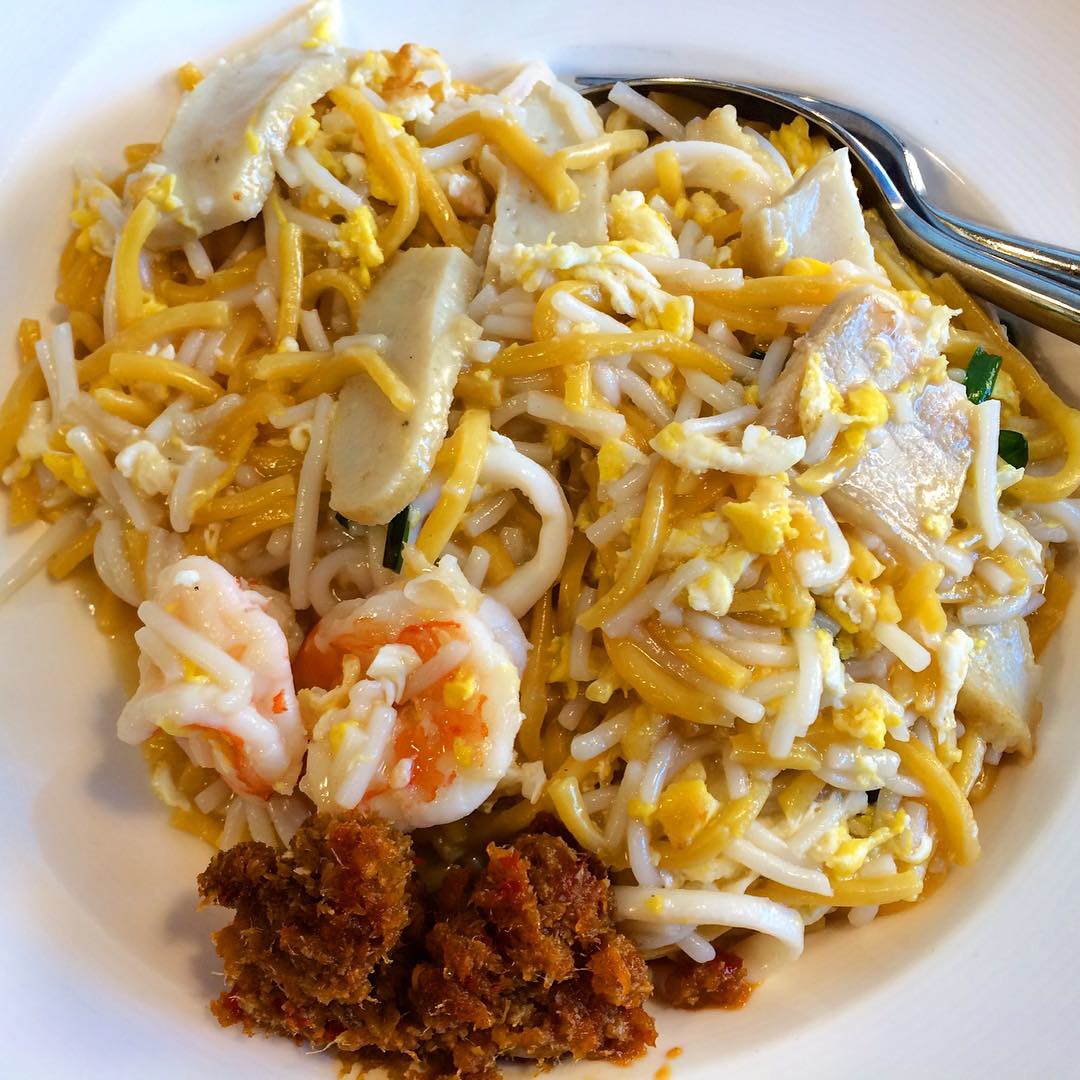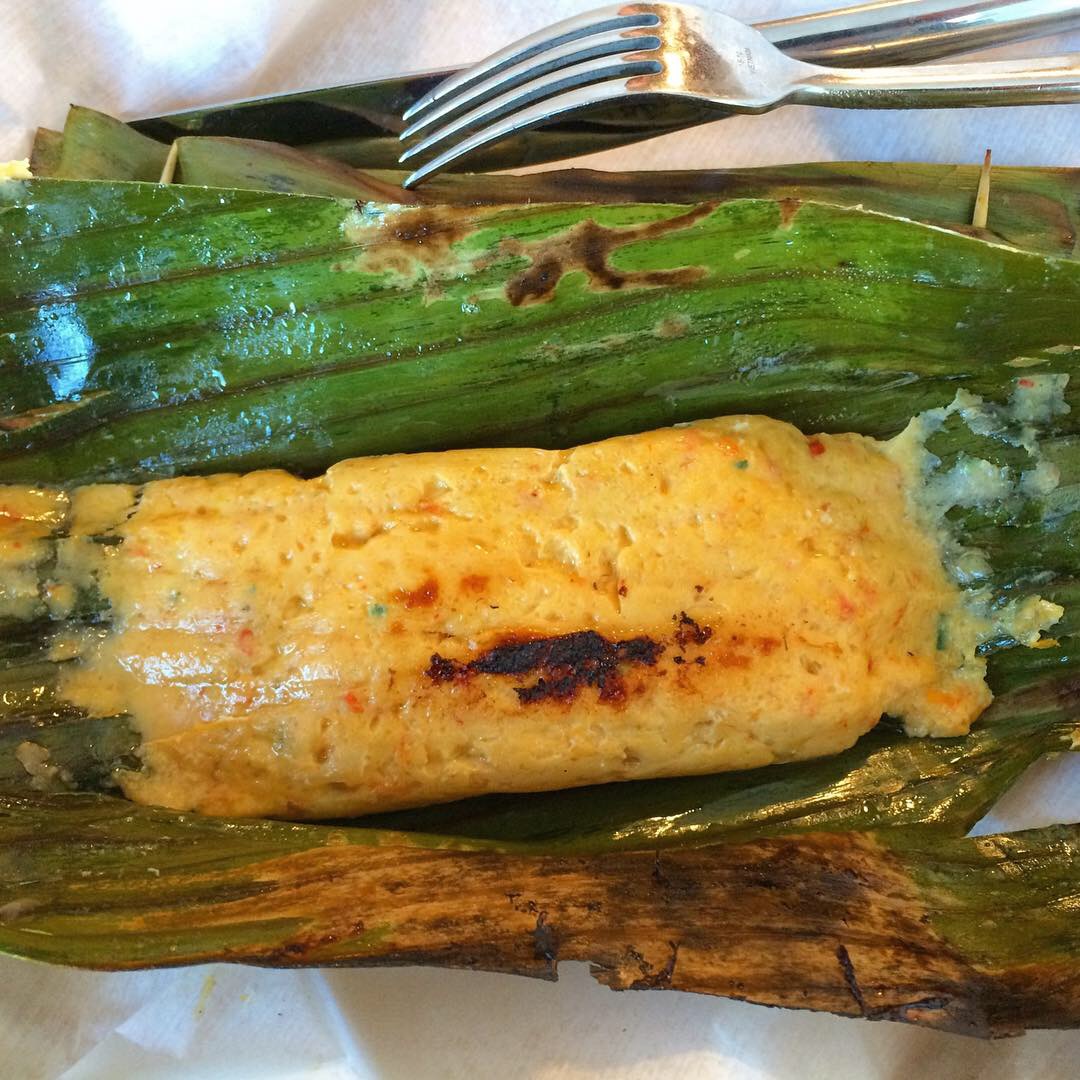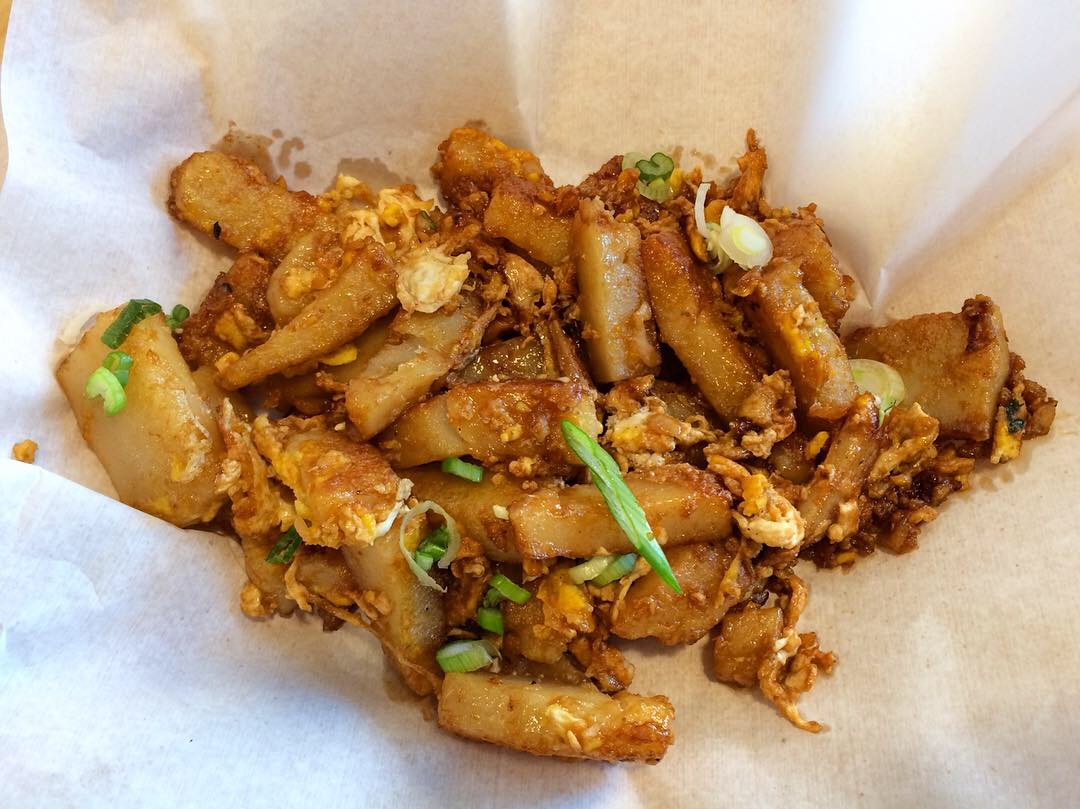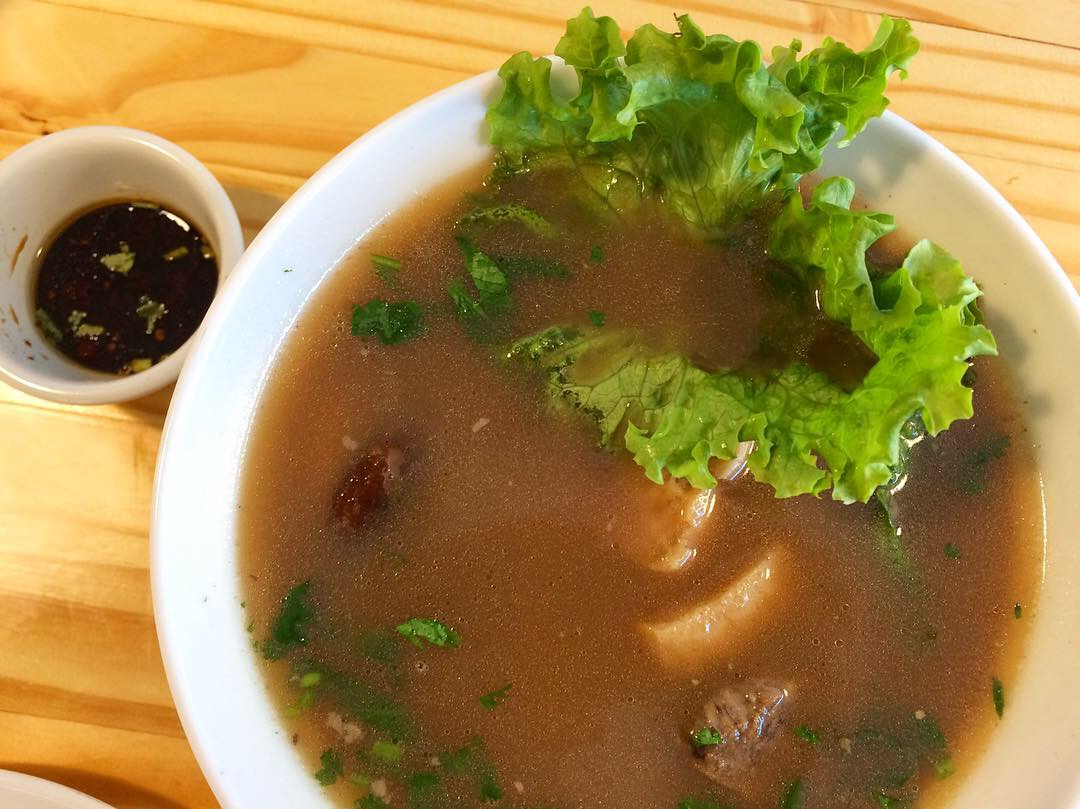Back in 2016, I wrote a post dedicated to my interminable quest to discover the ultimate ethnic crunchy snack chip. It featured krupuk (you might see “kerupuk” as they’re called in Indonesia or other spellings since they’re enjoyed throughout Southeast Asia) – amazing crisps that are positively addictive.
In the package, they appear to be hard little chips, but they miraculously puff up almost instantly when subjected to hot oil – actually, they’re almost as much fun to prepare as they are to eat – but you can also find them sold in bags and ready to eat.
My sweet friend from Indonesia, Elika, whom I met at the New York Indonesian Food Bazaar in Elmhurst many years ago, has stayed in touch with me and recently sent me an assortment of authentic kerupuk. Each photo depicts a single variety before frying (bottom of each plate) and after (top) so you can get an idea of the transformation they undergo.
(Click on any image to view it in high resolution.)

Kerupuk Gandum. Gandum means wheat, one of a variety of starches from which kerupuk are made.
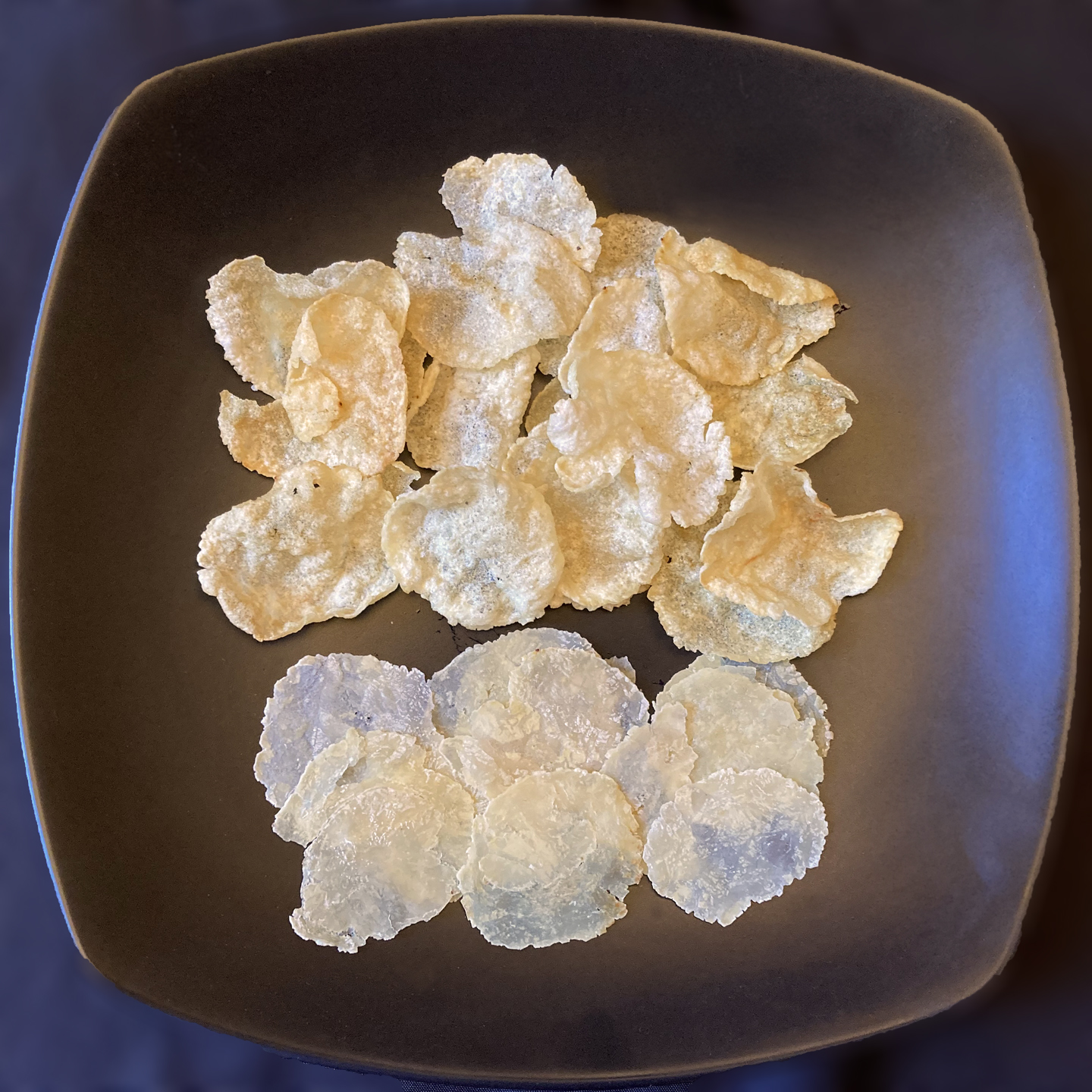
Emping Belinjo. Belinjo (padi oats) seeds are ground into flour and used to make emping, a type of kerupuk. Padi oats have a slight bitter, but not at all unpleasant, aftertaste. They’re not really “oatey” in the Cheerios sense because they’re another species, but they’re certainly more like oats than corn or wheat since there’s a satisfying nuttiness to them. Elika suggests a sprinkling of salt on these to lessen the bitter taste.
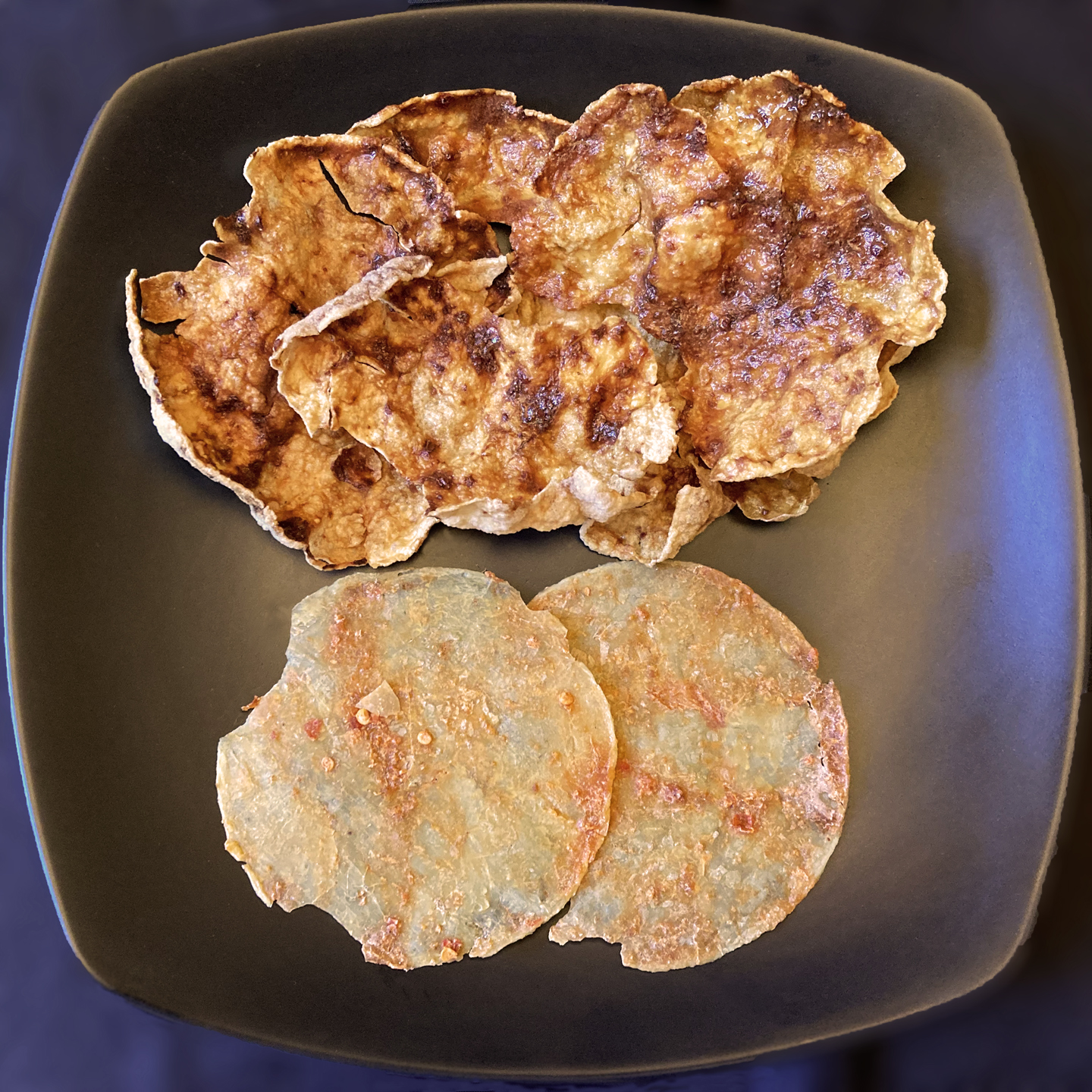
Emping Belinjo Udang. Udang means shrimp. Emping are available in styles such as manis (sweet), pedas (spicy) and madu (honey) and flavors including garlic and shrimp.

Kerupuk Udang – my absolute favorite of the group!
But you don’t have to take my word for how delicious these are! If you’d like to taste them yourself (and maybe get some to take home) you can find a wide variety of krupuk on three of my ethnojunkets, Ethnic Eats in Elmhurst, Snacking in Flushing, and Manhattan’s Chinatown. Food tour season has begun, and I’d be happy to introduce you to these crispy, crunchy gems.
To learn more about my food tours, please check out my Ethnojunkets page and sign up to join in the fun!

